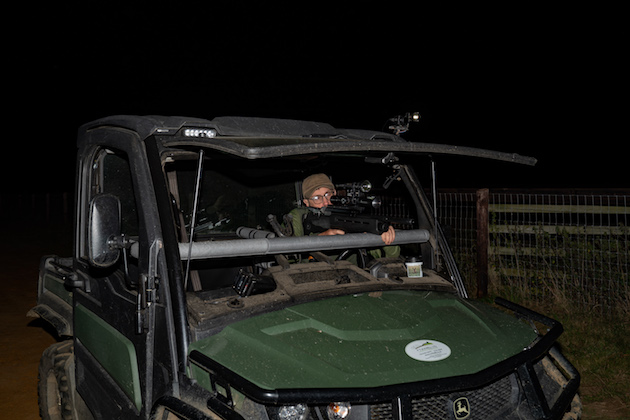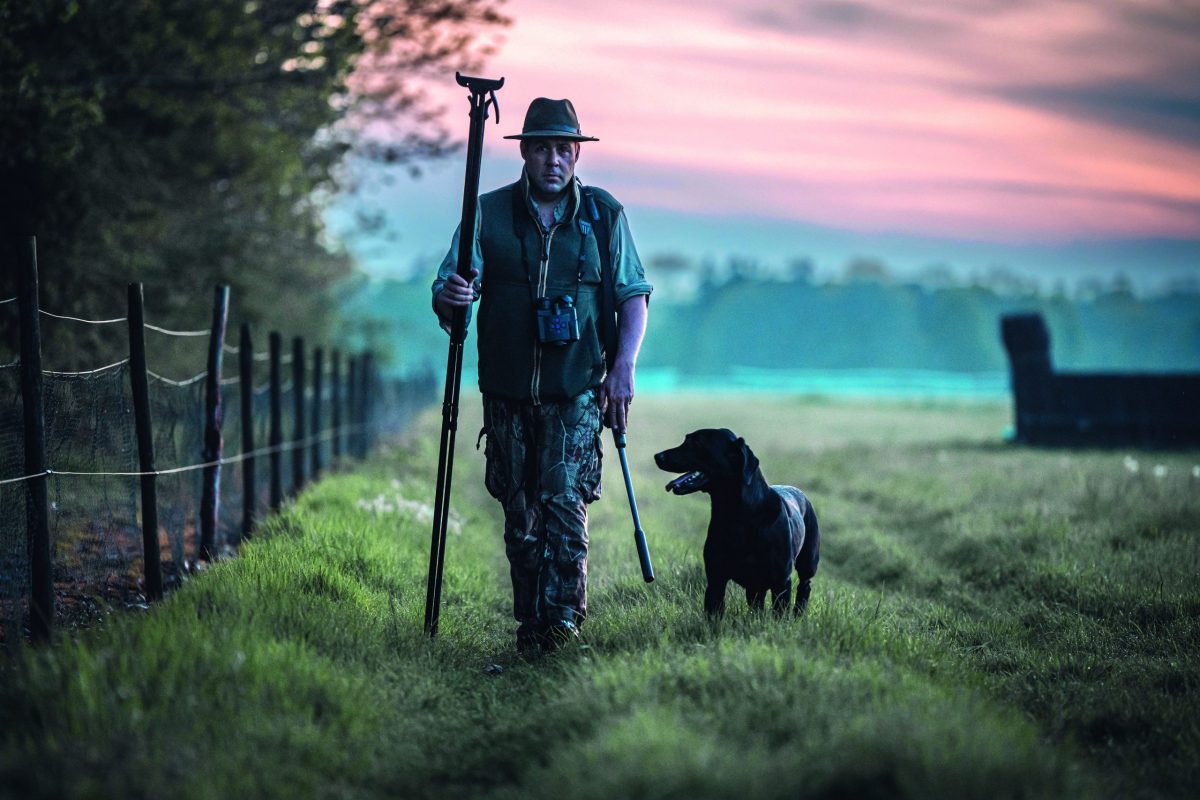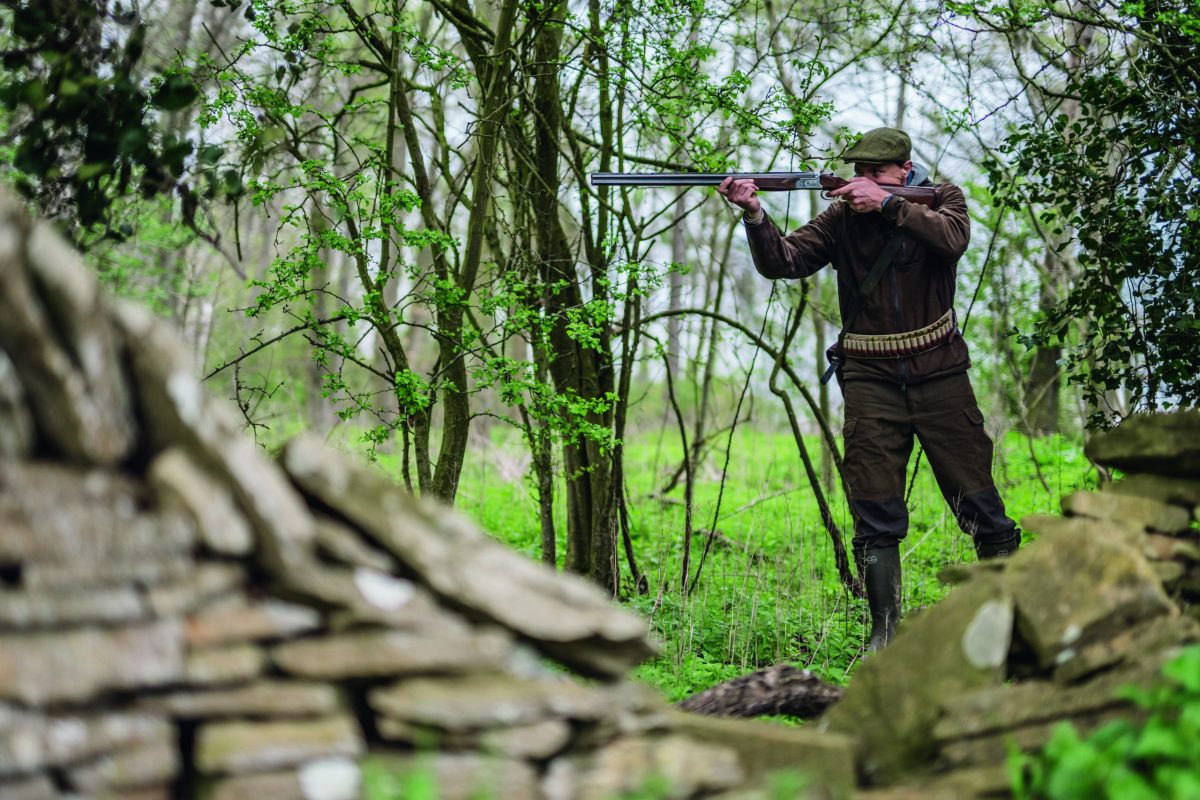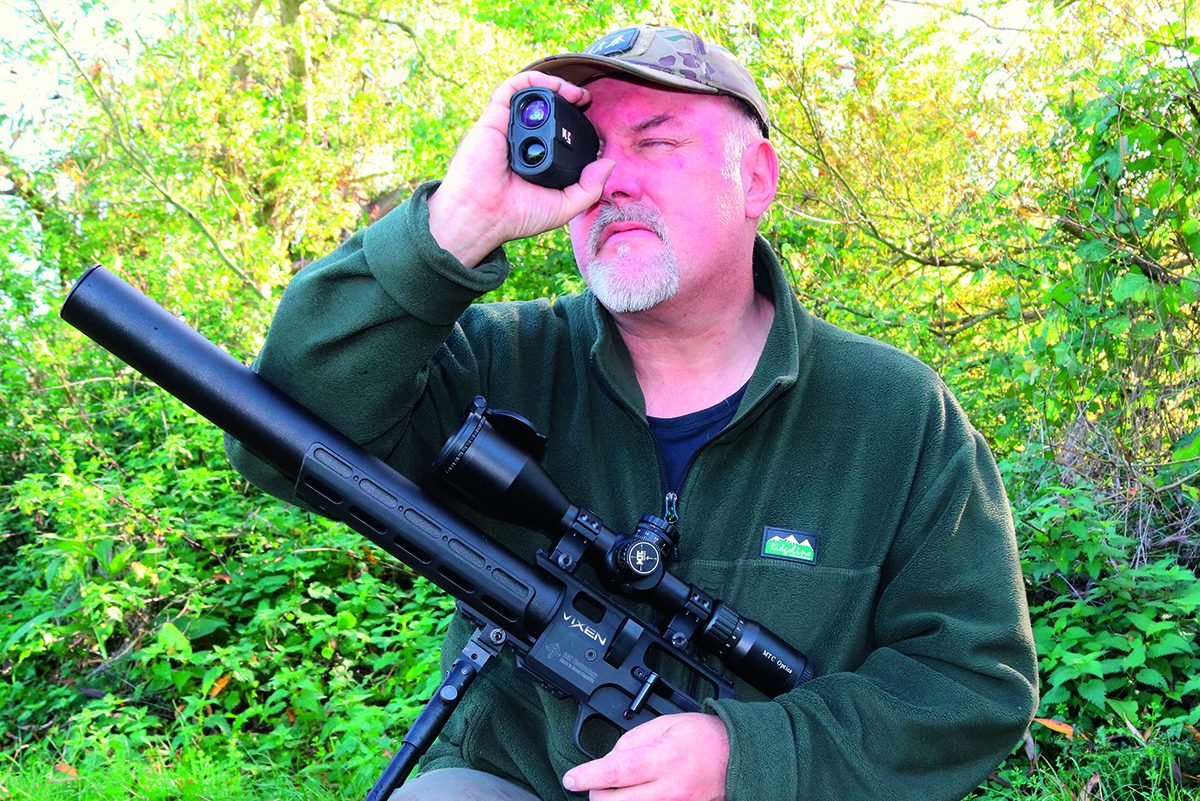Night vision versus the lamp
You can't beat a good old-fashioned lamping session - but using new technology will boost your success rate, suggests Simon Whitehead

Everything in the gator is designed for shooting in comfort and therefore effectively
This summer has seen a bumper crop of little rabbits emerge, grow and prosper under the cover of wheat, barley and oilseed rape. I am keen not to let those summer rabbits grow into bothersome winter ones.
One farm used to have an atrocious rabbit problem. Far from straightforward, this sensitive landscape holds a lot of valuable livestock. I must be very careful in my approach and actions when around them under the cloak of darkness.
Confucius once said: “Life is really simple but we insist on making it complicated.” The same can be said of lamping or — as it has been rebranded, shooting at night.
To do a professional job, I mix cutting-edge technology with fieldcraft. We must never lose sight of our heritage and the importance of old-school techniques. No matter what or how we hunt, fieldcraft is still king. Sometimes simple is the best.
Employing the latest technology is fantastic, but its availability and use by the masses is partly to blame for the dearth of rabbits across vast tracts of our country. It has had a catastrophic effect on our rabbit population nationwide.
If you add in disease, the advancement in farming practices and habitat destruction for social housing and motorways, the results are clear. We are a small island with a booming population and require more room to live and travel in.
The rabbit is struggling to re-establish itself in the country. I have seen first-hand the difference it has made to my profession, and to my passion. We simply have too many people who are too efficient — or does that sound rather hypocritical?

Using a thermal spotter enables Simon to see his target
I sauntered around the fields guided by a thermal spotter in a Gator. This was connected to an old lamp so I could illuminate a spot if required to do so by hand. I don’t believe this hand-to-eye co-ordination can be beaten by a remote control. The monitor highlights the heat sources of my targets and non-targets, but also the horse and cow manure that can look like a squatting rabbit.

Thermal imagery has revolutionised and made easier the way in which many of us spot and shoot.
Why not night vision or thermal imaging?
I was shooting an FX Bobcat air rifle. The cat spits out a 16g pellet at 24ft/lb, which I find perfect for rabbits in such a tight environment. Perched on top was a light for shooting under.
But why, I hear you ask; why not night vision or thermal imaging? For one thing, I don’t have a thermal scope and, however great my night vision is, it has its disadvantages. I have to choose what I find will garner the best results, and in this case it was shooting under a lamp.
It was a very still night, but a squiggle on the calendar doesn’t get the luxury of moving to suit the weather. The pressure of keeping the numbers down overrules the delay for a perfect night, and tonight twas testament to that. The air was still, the moon was high and a damp chill was starting to make itself felt — not a good night for rabbit shooting.
The advantage of being able to use a Gator kitted out for this type of shooting helps on nights such as this.
The hours spent here aren’t so much a barometer of activity but an opportunity to look, take in what is there and be on the constant look-out for potential hotspots, what needs cutting back and what livestock needs to be moved. I always ferret safely and think about the bigger picture, rather than only one night’s lamping.
The thermal is a great tool for spotting rabbits but safety is always paramount. The flat topography, roads and livestock around dictates that I am shooting an air rifle as opposed to the more favoured .22 rimfire or .17 HMR.
Lamping on a public footpath – just how legal is it?
Q: A friend was walking his dog on a prescribed footpath at night and came across two men lamping for…
Lamping rabbits – what happens when they get lamp shy?
Lamping rabbits: The rabbits around here are definitely getting lamp shy and bolt as soon as I switch on. Have…
Night vision versus the lamp
Thermal picks up on a heat signature whereas night vision shows the reflection of the eyes and contours of the target. In contrast, the lamp will illuminate the whole body for you to see and aim at. I grew up with this style of shooting under a lamp — yes, sometimes the rabbits are spooky, but they can be with thermal or night vision if your fieldcraft isn’t up to scratch.

Knowing how rabbits behave will give you an extra vital second under the lamp
As I slowly crept around the field margin, the thermal highlighted a few heat sources: rabbits. As I was within my 50m range, I flicked on the lamp on my rifle. It illuminated the squatting rabbit like the star on a stage. But the bunny moved that annoying 10 yards as soon as I was about to gently squeeze the trigger.
Knowing your quarry’s behaviour will always give you that extra few seconds to make a safe shot. Rabbits typically do this but nearly always stop just before the hedge or fence for one last glance. I was mentally and physically prepared for this and as it stopped, looked up and around, I gently pulled the trigger and the rabbit was down.
The 16g pellet hit its 50p-piece sized head — a miniscule area compared with the hooves of the beast coming over to investigate if I had any food with me. The vibrations alone sent the few rabbits that were out heading for cover. It was apparent they weren’t out in the numbers I had anticipated, and those that were had the odds stacked in their favour, so I headed for home.

Simon ends the night with four rabbits – not a big bag but he can only shoot what’s about
I ended the night with four large rabbits after a few hours patrolling the grounds, watching the badgers play, the roe deer feed and enjoyed the bonus of knowing that though there were a few hotspots about, it was nothing like it used to be. That equates to one happy client.
I would love to shoot loads of rabbits every time but would I be doing my job properly if I could?









